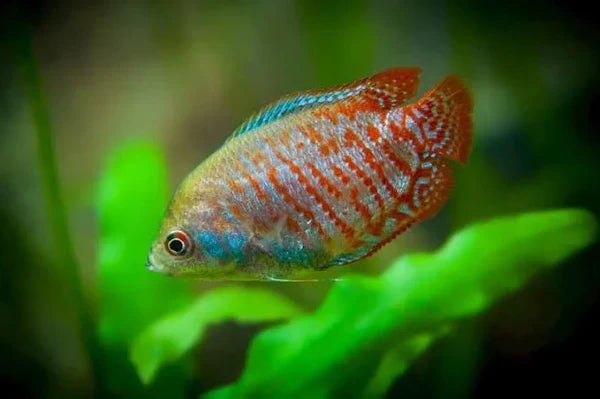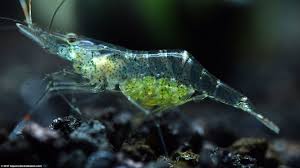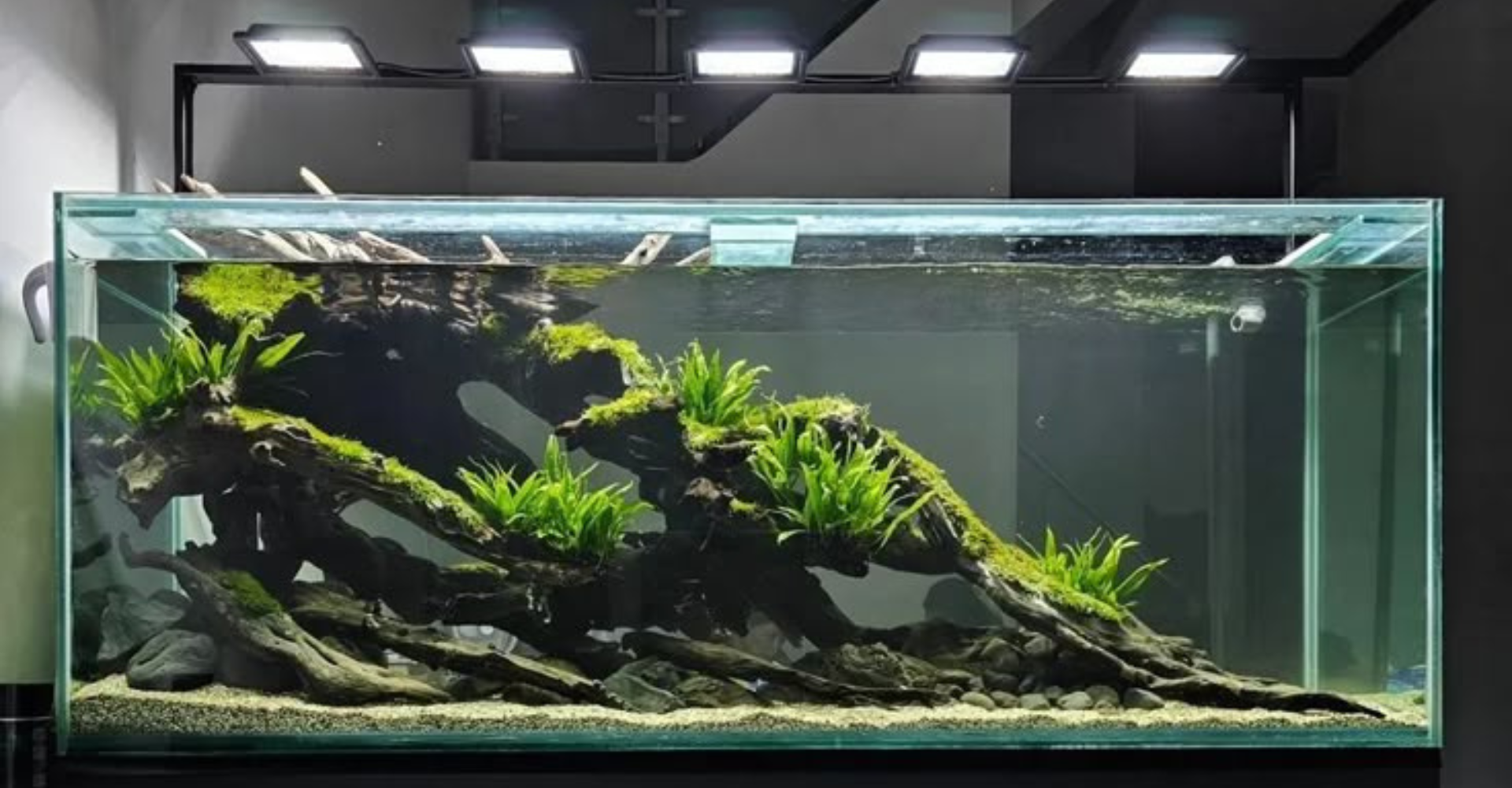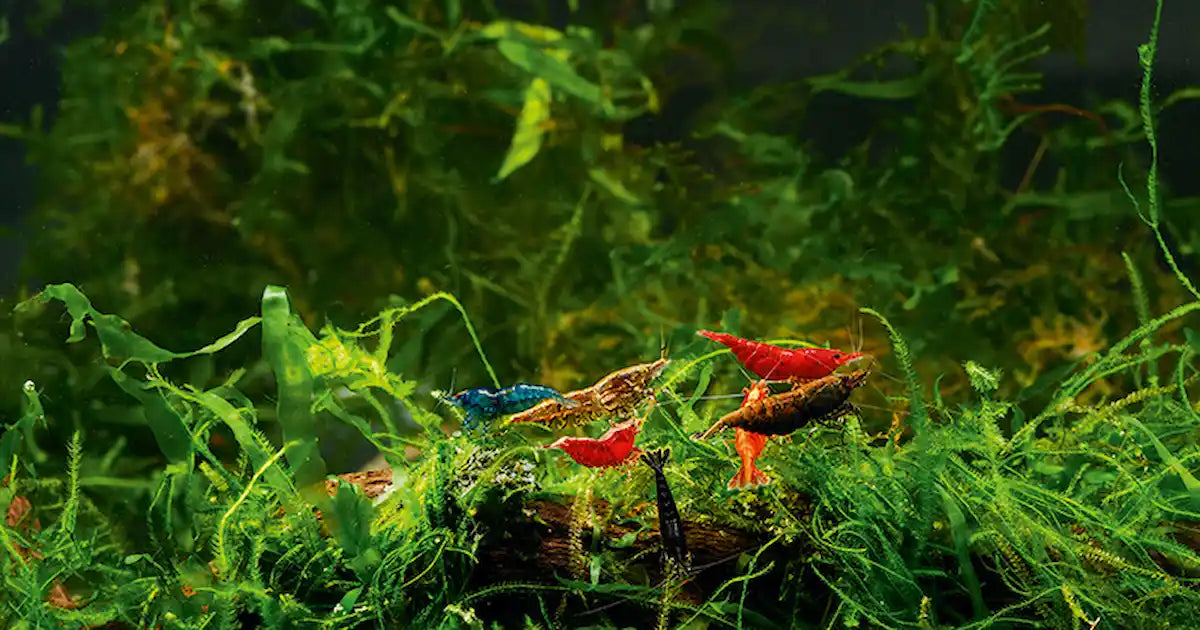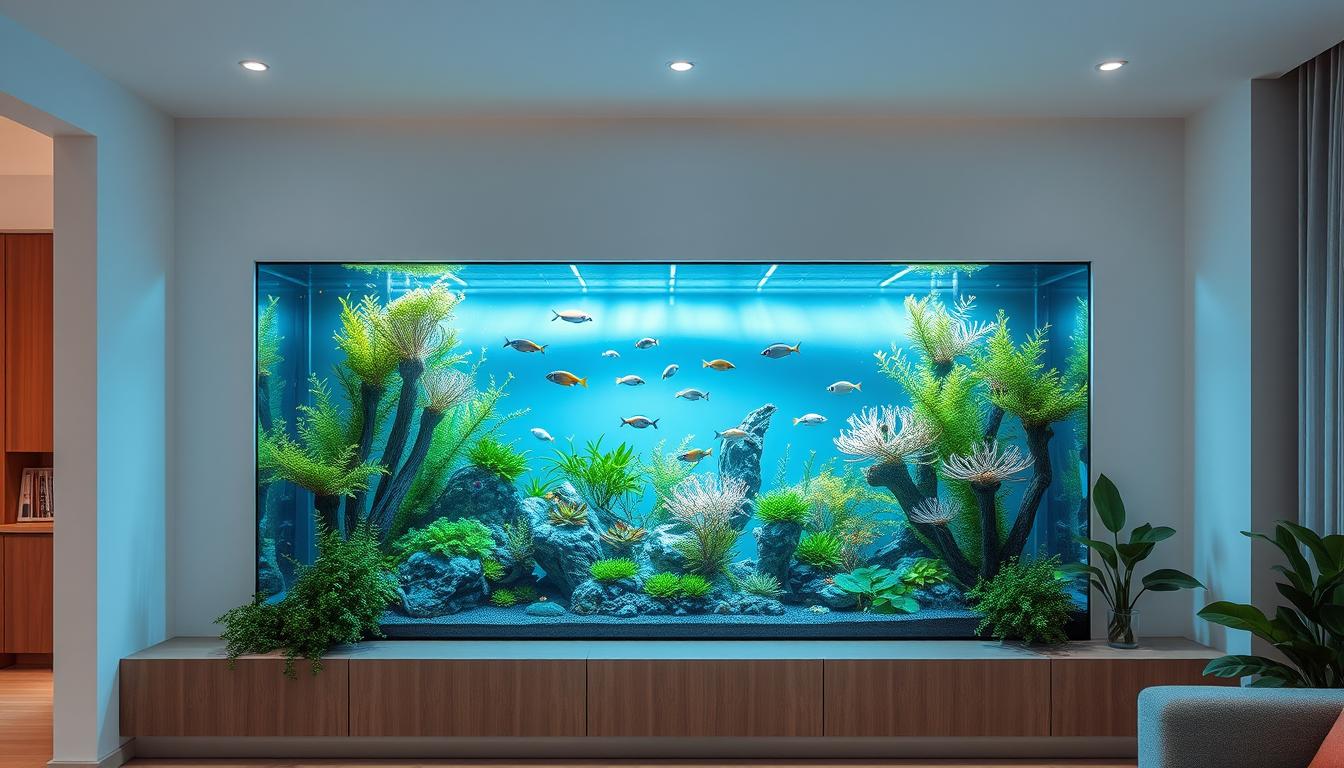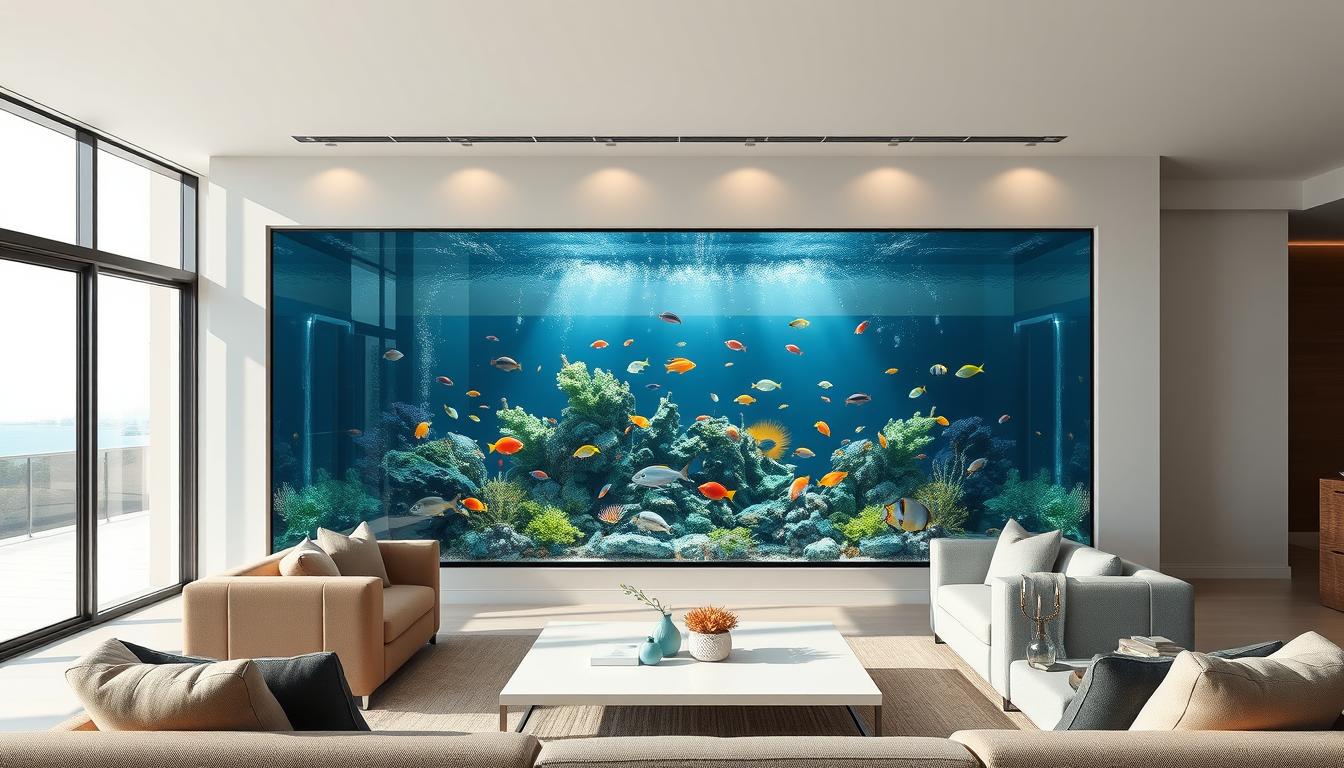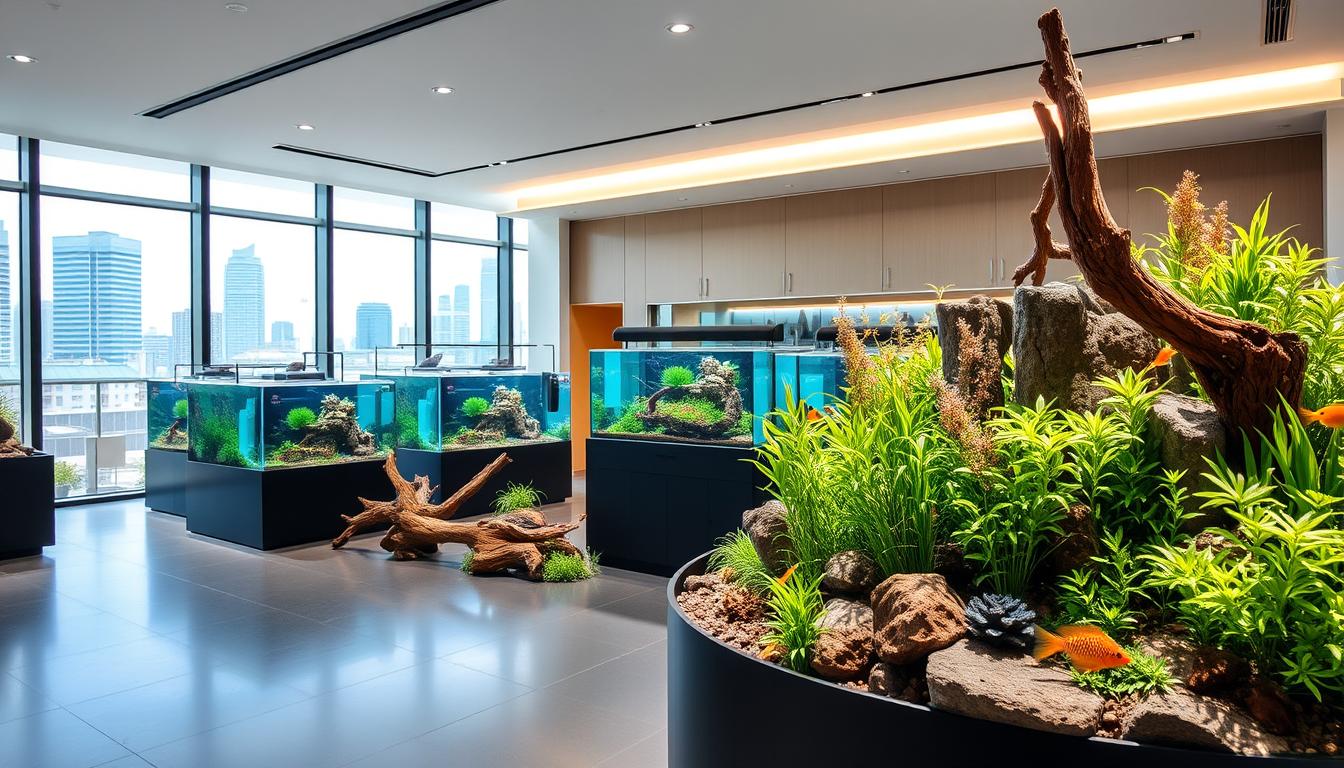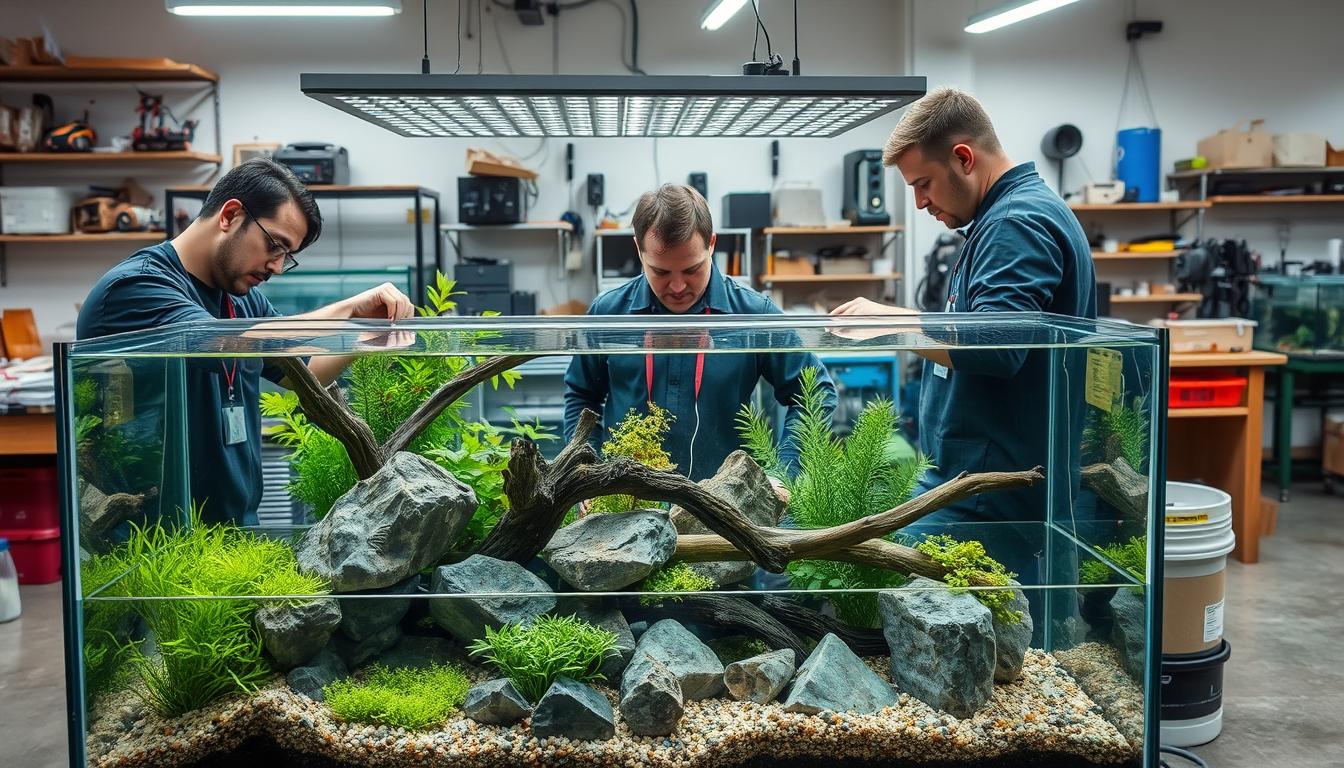If you're looking for a care guide for Cory Catfish and the aquarium store online selling them. You’re in the right place. The Cory Catfish is well worth your while, they’re active on the bottom of the tank, work non-stop to forage and keep the environment clean. Keep reading to learn more about how to properly care for and nurture them.
At the end of this article, we will open reputable and quality online aquarium shops so you can buy some of these cory fish right away. These shops often have flash sales daily and many attractive vouchers for buyers. Don't miss this great opportunity!
Appearance and size.
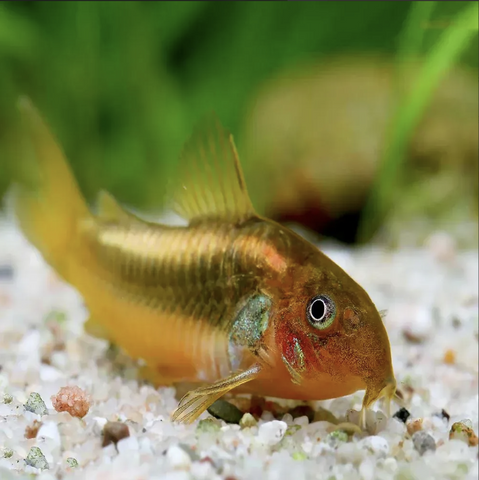
Varies by species, the average size of Cory Catfish typically ranges from about 1 inch to over 4 inches in length, although larger females often exceed 3 inches in length.
The Cory is protected by an armour consisting of bone plates running the length of its body. The flat underside of the fish is well adapted to life at the lowest water levels.
Their horizontal pectoral fins allow them to rest comfortably on their soles. Sail-like in appearance, the fish's vertical dorsal fin is often pointed; however, it can be round in some species. Cory's caudal fins vary in length and height among species but are often forked regardless of type.
Their short faces have lovely big round eyes. Also located on the face, three pairs of antennae-like antennae help them forage in the substrate.
Colouration varies between species of Corydoras, ranging from pale or albino to iridescent, although many species have a brown colouration that helps camouflage them in the substrate.
Types of Cory Catfish.
There are many different types of Cory catfish, so having some basic knowledge of each type (and their appearance) will help you along the way.
Albino Cory Catfish.
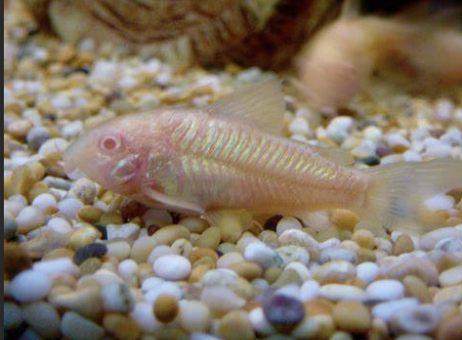
The Albino Cory catfish has an interesting look that some tank owners want. They have the classic red eyes you find in albino animals and their bodies are a combination of white/pale pink.
This is another category that gets a lot of attention. The Panda Cory catfish are named because of the white base colour on their bodies (which can sometimes be orange) and the black around their eyes. This gives them a unique appearance resembling a panda bear.
Corydoras Peppered Catfish.

Corydoras Peppered Catfish is extremely popular and is what many people talk about when talking about this fish. Another name for this species is “spotted Cory catfish,” so if you hear that word used, this is the type in question.
The primary colour found on pepper Cory is brown(ish) with some darker spots scattered throughout their body.
Dwarf catfish Cory.
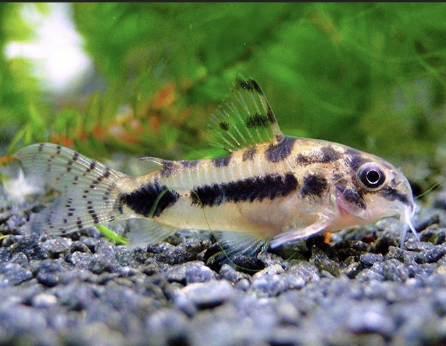
The name says it all for the dwarf catfish Cory (Corydoras pygmaeus). These little guys are usually only an average of an inch long.
Because of this, you will have to take extra care to make sure they are safe in your tank and not paired with any other fish that could harm them. They will be more prone to stress than other Corydoras, so you want to make sure they feel completely comfortable.
Catfish Julii Cory.
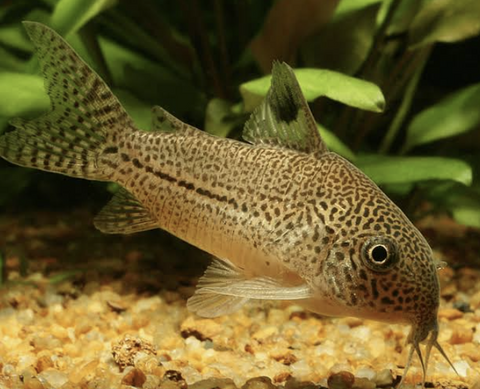
This is another small variety that is not often found in aquarium stores or even with Cory owners. They have very spotted patterns all over their bodies and are known for their expressive eyes.
Caring for the Cory catfish.
Corydoras are pleasant and hardy fish that are easy to care for. If you are someone who enjoys the aquarium experience and is low on stress, then this is a great fish for you.
Make sure that the water conditions in the tank at home are similar to the conditions they were used to.
One of the best ways to keep your Corys healthy is to maintain stable tank conditions, changing part of the water weekly to prevent nitrate build-up, which even small amounts can make fish susceptible to. more diseases, especially thorn infections.
When cleaning the tank or rearranging decorations, avoid stirring the substrate, as rotting will contaminate the water and release bacteria. Stirring too much of the substrate can also cause an increase in ammonia.
Also, make sure that any new water you add to the tank is dechlorinated.
Because Cory is so sociable, it is best that they can interact with their fellow fish. Four, five or preferably six or more fish will happily learn together and often swim together.
Prevention.
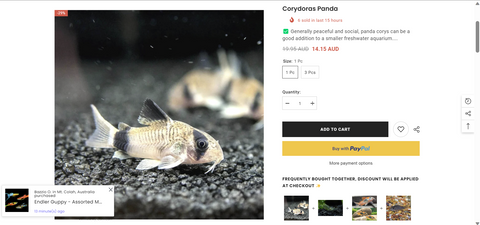
As is common with other fish species, Cory catfish can be infected with Ich or white spot disease. The best way to avoid Ich is prevention by isolating new fish and aquatic plants before adding them to your tank.
It goes without saying that washing hands before and after working with each tank and using separate equipment for each tank will also minimize the possibility of infection.
Average life expectancy.
Easy to care for, the gentle, hardy Cory catfish has a lifespan that can live from 5 to 7 years in the wild but can live more than 20 years in captivity under ideal conditions.
This means that if you take the proper care and do what is necessary to ensure that they grow, they will be with you for a long time!
Tank size.
Since there are so many species of Cory catfish, the size of the tank you need will vary. A 10-gallon tank is the bare minimum but you'll need to be larger, preferably 20 or 30, if you keep multiple species.
If you are a beginner, we recommend using a tank of at least 20 gallons if you have a school of five or more fish. As you add more fish to your tank, you will need to add 2 to 4 gallons per fish.
Water parameters.
As a typical tropical fish, Corydoras need consistent water parameters that resemble their natural environment. Significant deviations from this range can lead to stress and health problems.
Water Temperature: From 70°F-80°F
pH: 6.0-8.0 (this may vary based on
Alkalinity: 3-10 dKH
Note: However, pH requirements can vary, as captive-bred fish need levels between 7.0 and 7.8, while Corydoras raised in the wild may require a lower pH in the range from 5.5 to 7.0.
Remember to regularly check the nitrate level in the water. Partial water changes will help keep nitrates low. Ammonia and nitrite are extremely dangerous to fish and even in small amounts can be fatal to Cory catfish. Always keep these levels at 0 ppm.
Recommend additional tanks.
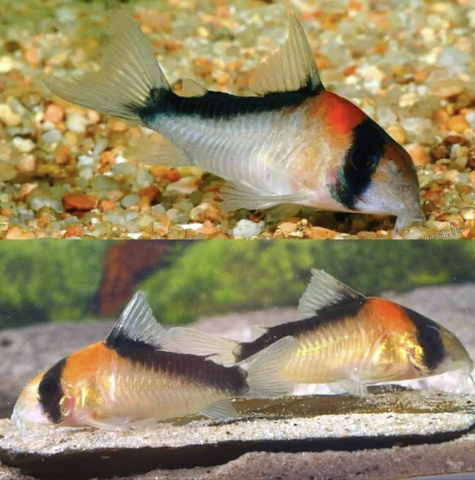
Cory catfish spend most of their time in very low water, so keep at least 2 inches of substrate on the bottom of the tank. Soft sand is by far your best bet, as jagged edges on gravel or rocks can damage the fish's fins, antennae, and underside.
Also, make sure to provide them with a shaded hiding place, such as driftwood or a cave.
Mimics Cory's natural habitat of slow, shallow streams and inlets with a weak filter setup and plenty of plants, including Java ferns, Crypts, Hornbills, Centella Asiatica, Java Moss, Dwarf Haired or Amazon Sword.
Finally, make sure your tank is covered as these fish have a habit of jumping to the surface of the water to bite food or suck in air.
Food & Diet.
In their natural habitat, Cory catfish scavenge substrates for worms, larvae, and small, insectivorous creatures. They will use their mouths to dig into the substrate and suck up food, often digging so deep that it can actually cover most of their face! They will also willingly eat plant matter that falls into the water.
In captivity, sinking pellets are the best food for Cory catfish to mimic their natural wild diet and allow them to become scavengers. Bottom pellets, shrimp pellets and algae plates are also good options, although being omnivores means they will also accept detritus.
Daphnia and bloodworms are great treats. Try to change the food you give these fish from time to time so they can get all the nutrients they need.
Typical Behavior & Temperament.
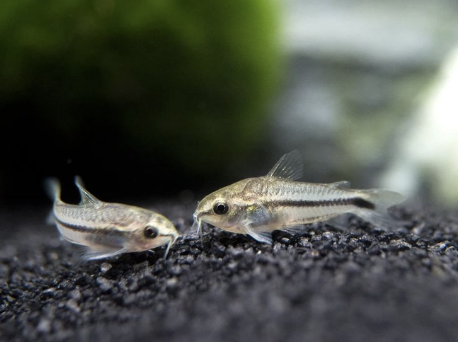
Cory catfish are known for their sweet temperament, which is one of the top reasons why they are so popular with aquarists. They spend most of their time minding their own business at the bottom of the tank, foraging or resting peacefully.
Although Cory can live alone, it will be much happier if it can interact with other animals of the same type. These fish often feed together, but resting is when they are most likely to be in close proximity.
Having more Corydoras in your tank also makes them much more fun to watch! When learning in groups of five or more, they will give you a really catchy synchronized water dance.
Good Tank Mates.
The ideal mates in Cory's aquarium are other Corys, even those of a different species, as they will happily attend school in groups of five or six.
Other peaceful fish that will get along with Corydoras include brightly coloured fish, such as guppies, platypuses, swordfish, and molluscs. Additionally, other aquarium catfish, including Otocinclus and plecos, will get along well with your fish.
Bad tank friends.
Never keep Cory in a tank with aggressive fish. Some common fish to avoid falling into this category are:
Cichlids (Africans and Jack Dempseys are two popular breeds)
Aggressive fish can attack, injure or even kill the Cory catfish.
Cory Catfish at Aquarium Central Online.
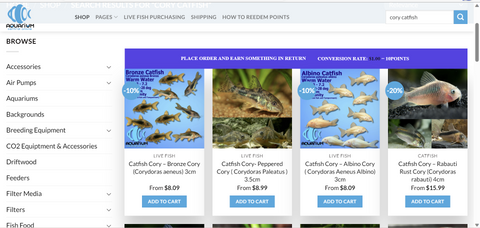
Aquarium Central Online is a large online aquarium store offering Cory Catfish species. They have a diverse collection of Corydoras, including popular varieties like Albino Cory, Panda Cory, Bronze Cory, and many more.
When you visit the website of Aquarium Central Online, you will find Cory Catfish presented in detail and carefully. Each fish species comes with a complete description of its characteristics, care needs and suitability with the other fish in the tank. This helps you choose the fish that best suits the conditions of your aquarium.
Visit the aquarium store online at:
0480 274 950
11 Pike Street. KUNDA PARK, QLD, 4556,
Cory Catfish at Micro Aquatic Shop.
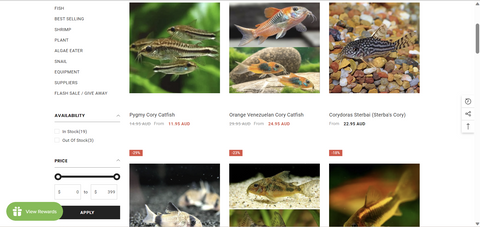
Micro Aquatic Shop is an online aquarium store in Australia that is popular with aquarists, reputable and quality. Famous for the variety of Cory Catfish species. They offer a wide variety of lovely Corydoras, including unique-looking ones.
When you visit the website, you will notice that they provide detailed descriptions and specifications for each species of Cory Catfish. This gives you insight into the characteristics, behaviours and care requirements of each species, making it easier to choose the fish that best suits your aquarium's preferences and conditions.
In addition, the Micro Aquatic Shop also provides information on how to effectively care for Cory Catfish, including choosing the right food, water conditions, and other helpful tips. This helps you confidently take care of and create the best living conditions for this lovely fish.
Visit the aquarium store online at:
Unit 15, 2-8 Daniel Street, Wetherill Park, NSW 2164
Customer support: (02) 8320 3037
The Online Aquarium Shop.
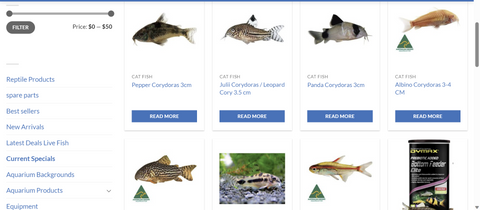
Similar to the Micro Aquatic Shop, the catfish species here are diverse, they provide a clear description of each species. However, when I visit their website, I don't see the order operation, which is quite inconvenient for customers who want to shop online.
Visit the aquarium store online at:
Email: info@theonlineaquariumshop.com.au
Tel: 07 30920748
Wicked Aquariums 17/666 Gympie Road, Lawnton Queensland, Australia 4501
Aquaholic Online.

Currently, the Cory Catfish on the website is out of stock, so you should call them to check before going to the store directly.
Visit the aquarium store online at:
Address: B1, 354 Mons Rd Forest Glen QLD 4556
Call No: 0452232782
Aquarama.

At Aquarama, you will find popular Cory catfish lines such as Albino Cory, Pepper Cory, Panda Cory, Jullii Cory,...
The website has a complete product description and information to let you make a good choice before making a purchase. Alternatively, you can visit their online aquarium store at:
482 Stafford Rd Stafford, Brisbane 4053
OPENING HOURS
MON – FRI 10am – 5pm
SAT 10am – 4pm
SUN 10am – 3pm
Summary.
If you are interested in adding these adorable fish to your aquarium, the online aquarium stores mentioned in this guide will offer a wide selection of Cory Catfish species, each with detailed descriptions and care requirements. Whether you are looking for the popular Albino Cory, the eye-catching Panda Cory or any other unique variety, these aquarium stores online are here to meet your needs.
So whether you are a beginner, Cory Catfish is a great choice. Remember to choose your tank mates appropriately and avoid aggressive species that could harm your peaceful Cory friends.

